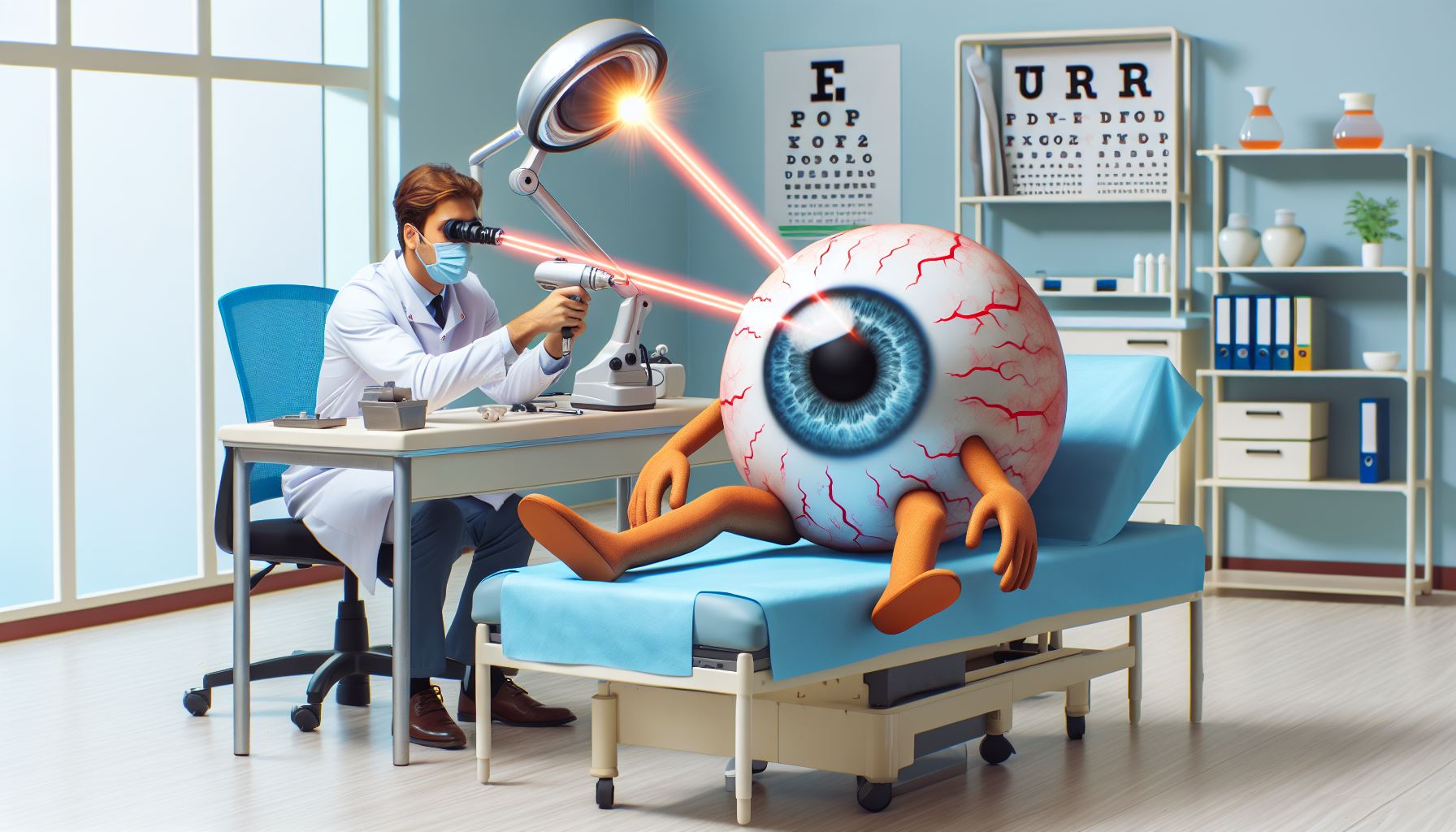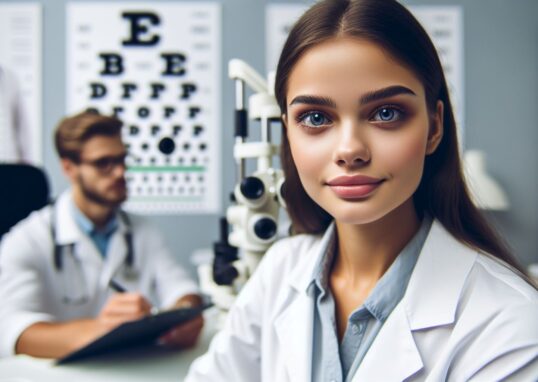
Wet macular degeneration, a chronic eye disorder that causes blurred vision or a blind spot in your visual field, is a significant concern for aging populations worldwide1. It’s characterized by the growth of abnormal blood vessels under the retina, which leak fluid and blood, leading to rapid and severe vision loss. However, advancements in medical science have led to several effective treatments that offer hope for those affected.
The cornerstone of wet macular degeneration treatment is the use of anti-VEGF (vascular endothelial growth factor) injections. These medications, such as brolucizumab-dbll (Beovu), aflibercept (Eylea and Eylea HD), ranibizumab (Lucentis), faricimab-svoa (Vabysmo), and the off-label use of bevacizumab (Avastin), work by inhibiting the growth of new blood vessels and reducing the leakage from existing ones. The treatment involves injecting the drug directly into the eye, usually in a painless procedure, and may result in improved vision within a week.
About the long-term outcomes and efficacy of anti-VEGF:
- In randomized clinical trials (RCTs), anti-VEGF agents have shown meaningful improvements in vision for patients with wet AMD.
- However, real-world studies reveal that patients outside of clinical trial settings receive fewer injections and experience less visual improvement after the first year.
- Small extension studies of RCTs for wet AMD indicate that visual acuity tends to decline over time. For instance:
- After 4 years, there is only a gain of 2 letters from baseline.
- By 5.5 years, there is a loss of 3 letters.
- And by 7.3 years, there is a loss of 8.6 letters.
- Injection frequency often decreases after the initial clinical trial protocol–mandated treatments.
In summary:
- Anti-VEGF treatments are highly successful in preventing vision loss due to wet AMD.
- Approximately 30% of patients treated with anti-VEGF injections experience improved vision.
- Up to 90% of patients achieve vision stabilization, especially when wet AMD is caught early.
However, these treatments are not without risks; they can lead to complications:
- Frequency: Anti-VEGF injections are generally well-tolerated, but some side effects can occur.
- Common Side Effects:
- Injection Site Reactions: These include mild discomfort, redness, and swelling at the injection site.
- Small Bleeds: Occasionally, a small bleed may occur where the injection was administered.
- Uncommon Side Effects:
- Eye Inflammation: Rarely, inflammation within the eye may occur.
- Increased Eye Pressure: Some patients may experience elevated intraocular pressure.
- Endophthalmitis: Although extremely rare, there is a risk of severe eye infection.
- Severity: Most side effects are mild and transient, resolving without long-term consequences.
Photodynamic therapy (PDT) and laser surgery are other treatment modalities for wet AMD. PDT uses a light-sensitive drug activated by a laser to destroy the abnormal blood vessels, while laser surgery seals and destroys the leaky vessels. These treatments are less common due to the effectiveness of anti-VEGF drugs but are still viable options for certain patients.
PDT can have some side-effects as well:
- Frequency: PDT is used to treat various skin conditions and certain cancers.
- Common Side Effects:
- Redness and Swelling: These are typical after PDT treatment.
- Itching: Mild itching may occur.
- Small Blisters: Some patients develop small blisters in the treated area.
- Severity: While PDT side effects are generally mild, post-inflammatory redness can persist.
In addition to medical treatments, lifestyle changes and dietary supplements are recommended for managing the condition. For individuals with intermediate AMD, specific vitamins and minerals may help prevent the progression to late AMD. Moreover, low vision rehabilitation services can assist patients in adapting to vision changes, ensuring they can maintain a quality of life despite the challenges posed by the disease.
It’s important to note that while these treatments can slow down the progression of wet AMD, they do not cure the condition. Regular follow-up visits and monitoring are crucial for managing the disease effectively. Each patient’s treatment plan is tailored to their specific needs, and the frequency of treatments like anti-VEGF injections is determined by the doctor based on the individual’s response to the therapy.
In conclusion, wet macular degeneration presents a complex challenge, but the treatments available today offer a means to manage the condition and preserve vision. As research continues, there is hope for even more effective treatments in the future, potentially transforming the outlook for those with this debilitating eye disease.
For more information, you can check out:
- The Mayo Clinic provides a comprehensive overview of the diagnosis and treatment of wet macular degeneration. You can find more information at their website 1.
- WebMD has an article that explains how eye injections can be used to treat wet age-related macular degeneration. You can read more about it at their website 2.
- Drugs.com has a list of 19 macular degeneration medications compared, including treatment options for wet AMD. You can find more information at their website 3.
- The BrightFocus Foundation has a page dedicated to treatments for wet macular degeneration. You can find more information at their website 4.
- The National Eye Institute has a page dedicated to treatments for wet AMD. You can find more information at their website 5.





